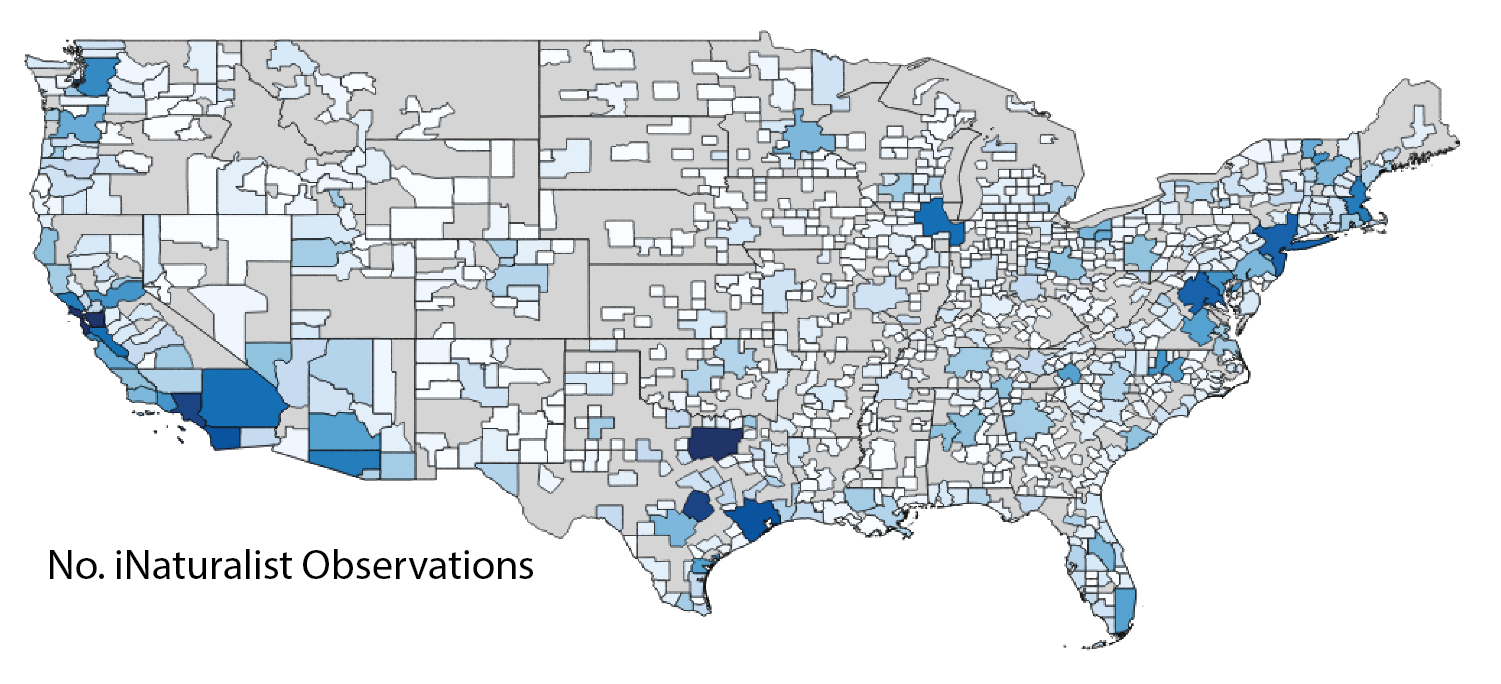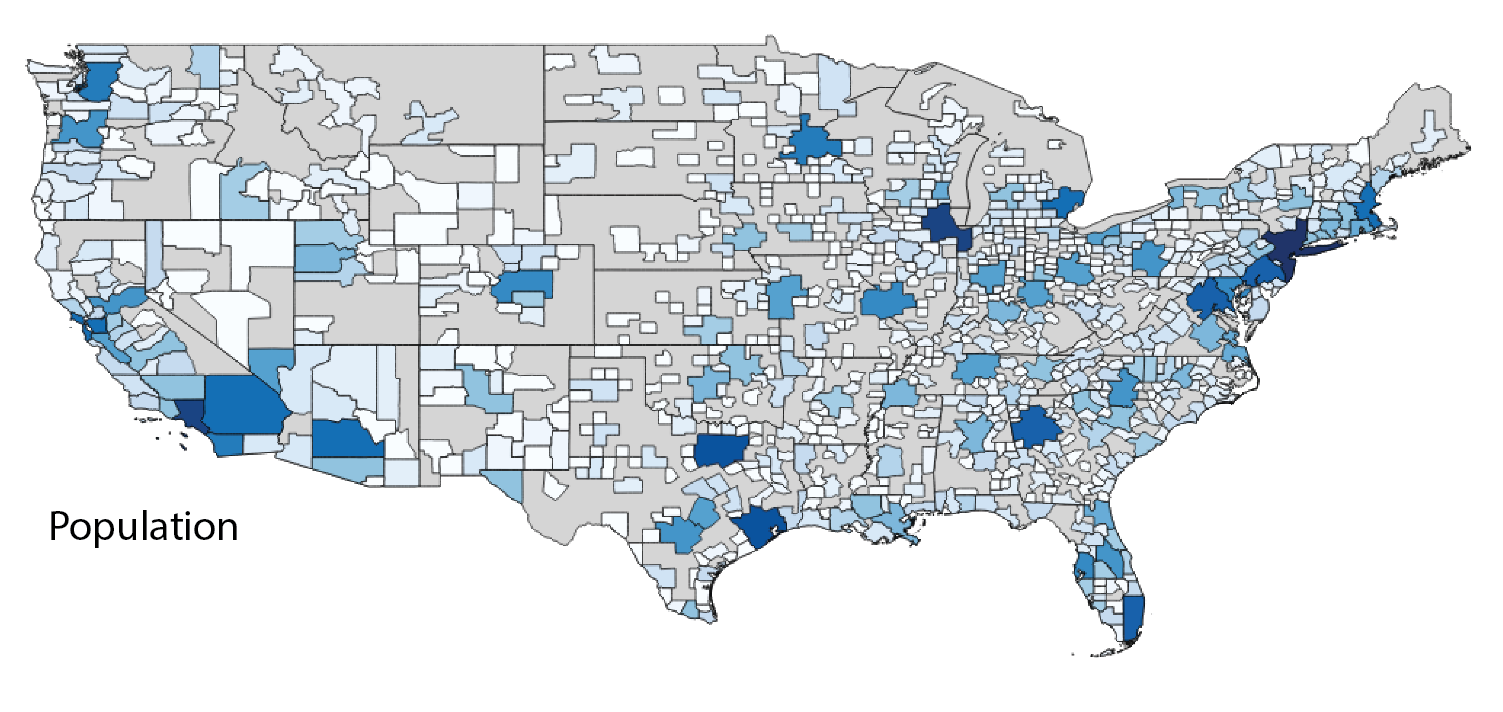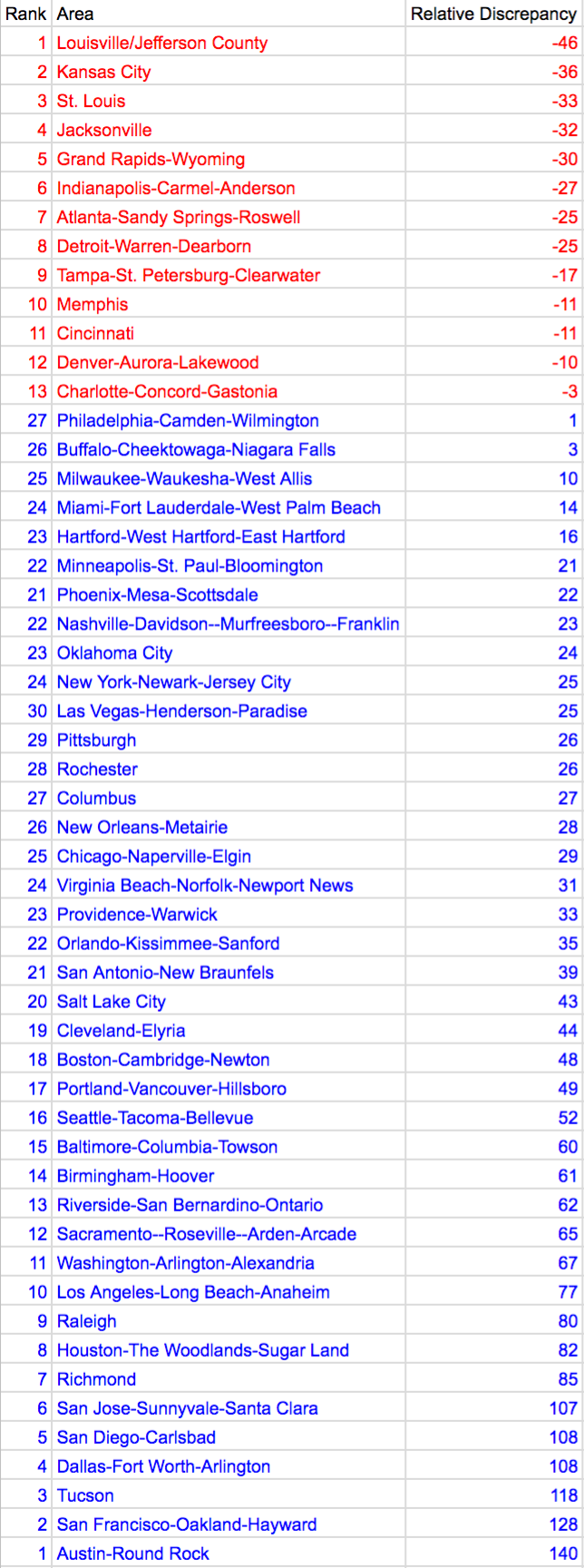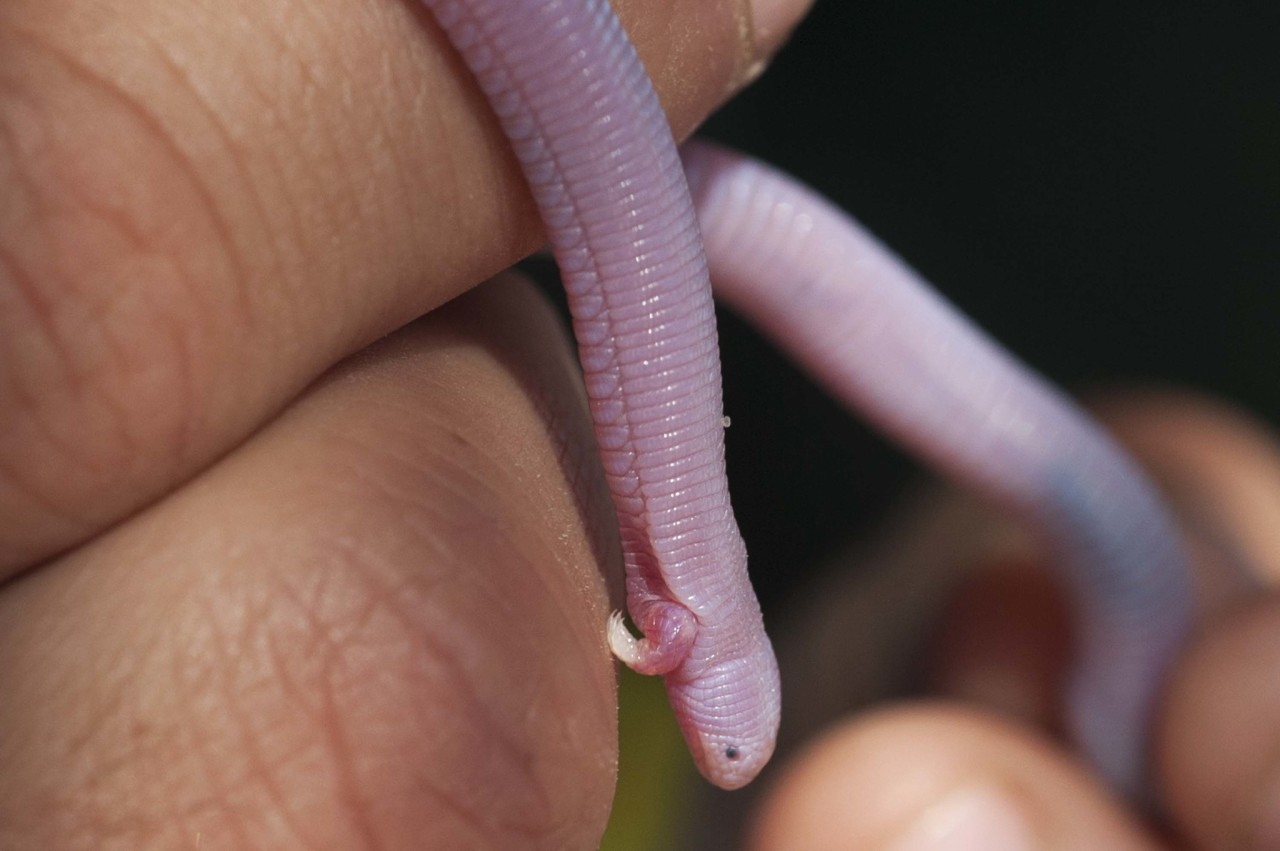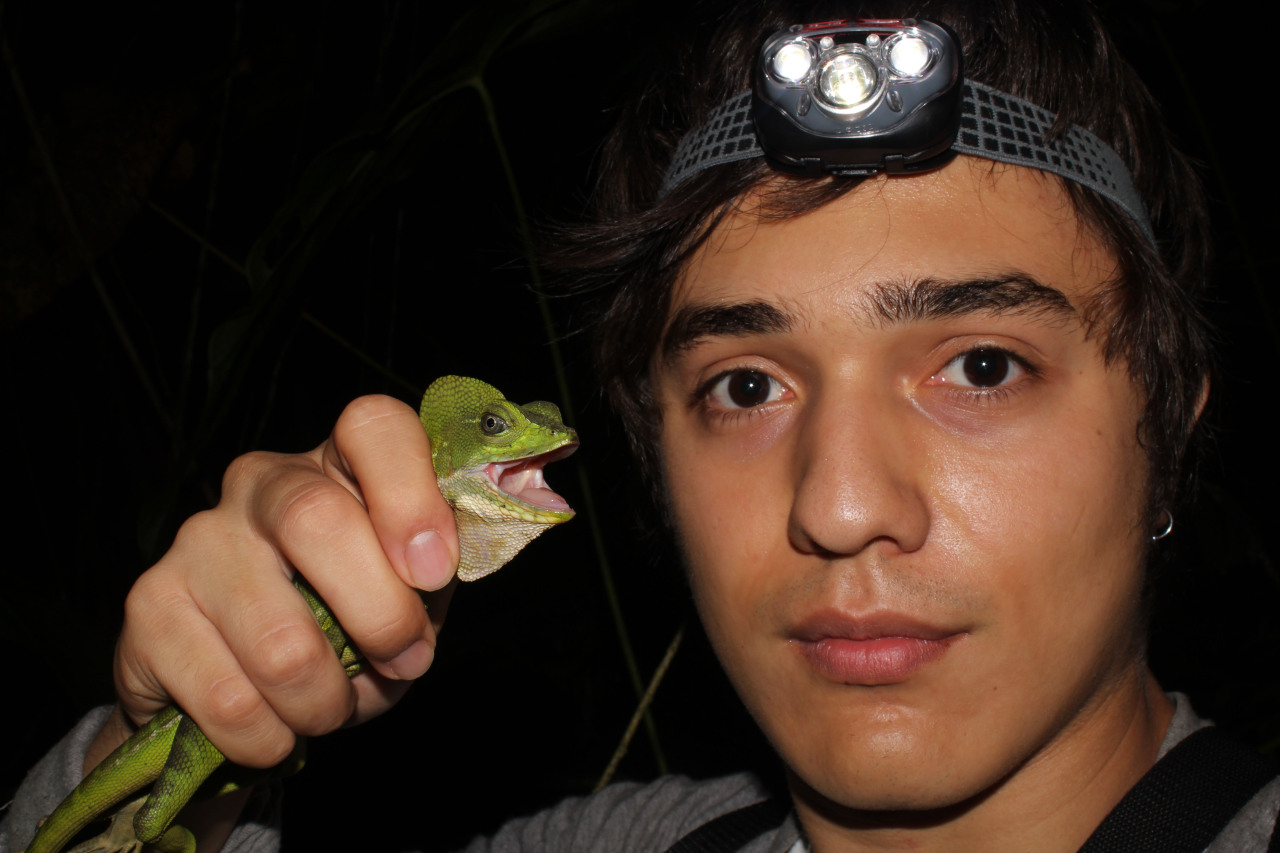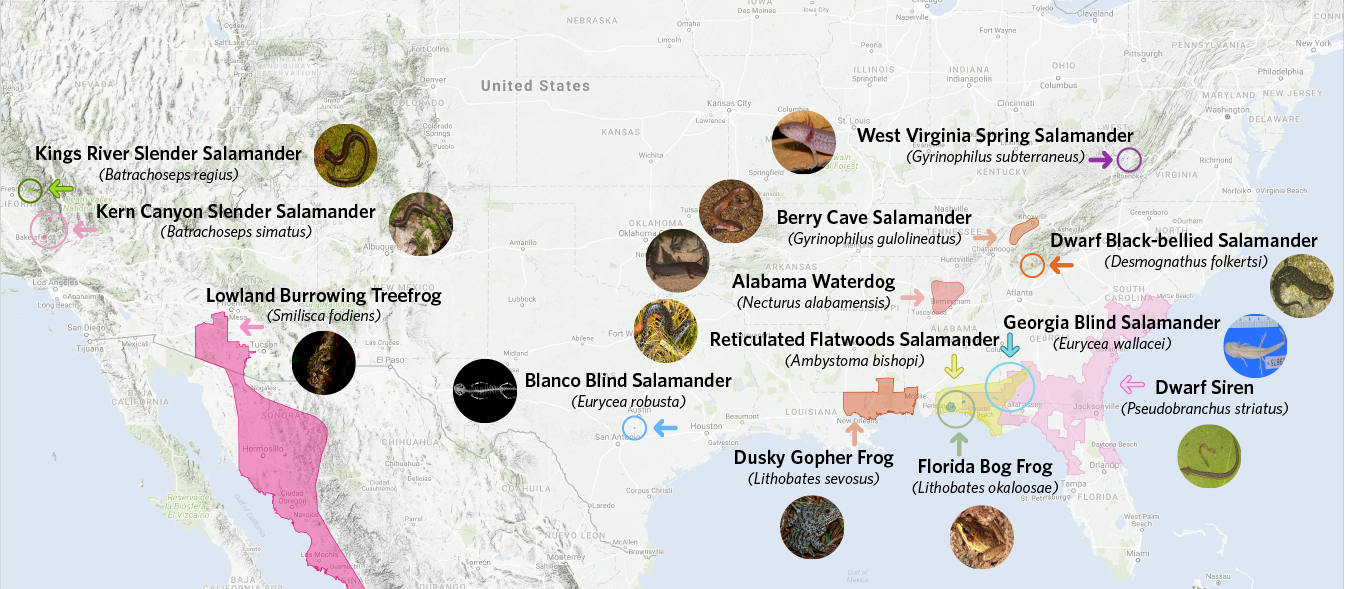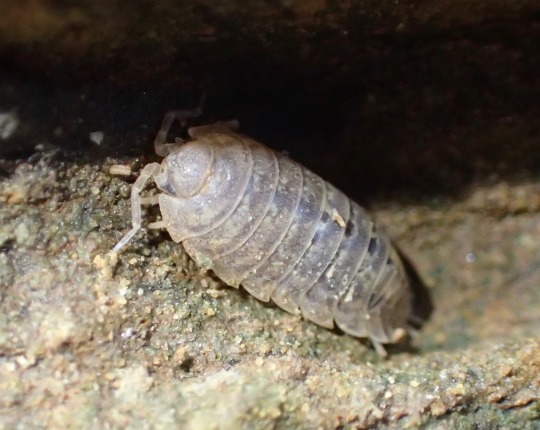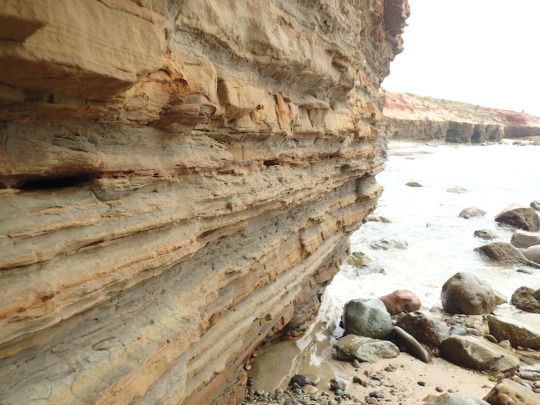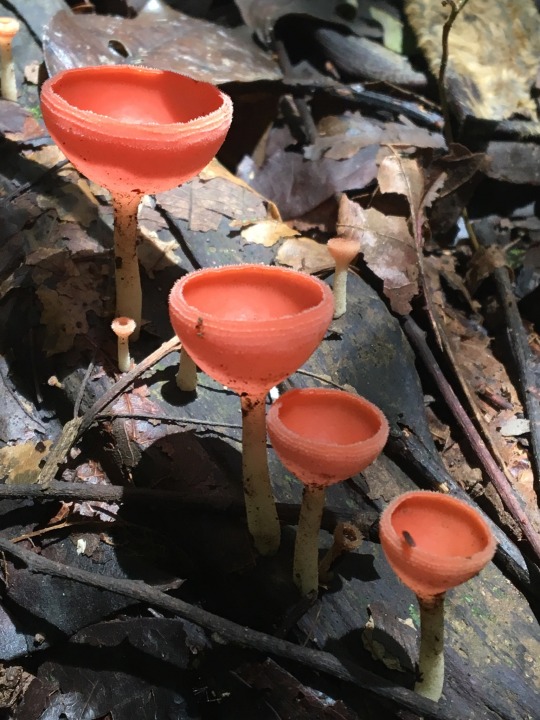Observation of the Week, 7/1/17
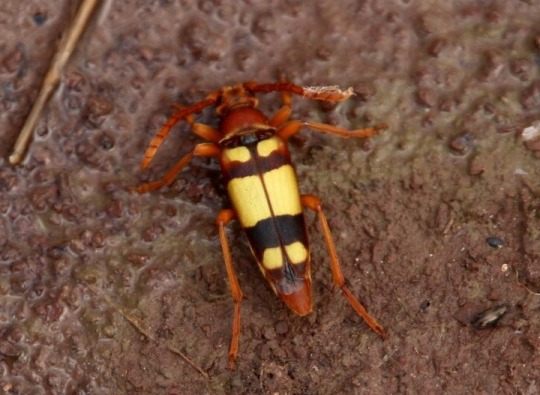
This Typocerus gloriosus beetle, seen in Arizona by @birding4fun, is our Observation of the Week!
Like many iNaturalist users we’ve profiled for Observation of the Week, Arthur Gonzales (@birding4fun) started out with an interest in one taxon (birds, in his case) but made a great find of a completely different taxon that earned Observation of the Week. “[After first learning about birdwatching] I found myself chasing birds all over Arizona and planning trips across the country based on bird sightings that I needed for my life list,” recalls Arthur. “This new enthusiasm was heavily fueled by the fact that my two boys enjoyed chasing bird sightings with me and as a family, it was yet another reason for us to be outdoors.
“All those feelings of excitement I got from the chase, identifying new birds, and visiting new locations are happening again as I caught the iNaturalist bug,” he explains. “Now I find myself trying to identify just about every living organism I walk past, which makes for some seriously long short walks. Despite my years of being outdoors, I am blown away by how many more life forms I have learned to identify in just the last few months.”
One of those, of course, is the Typocerus gloriosus beetle shown above. Arthur and his family took a trip to some nearby woods and “our typical exploring process began. All the doors on the truck opened, we spilled out and began walking the mud flat edges of the tank. We usually call out our sighting and I snap a photo or two.” They found the beetle, which didn’t look familiar to any of them, so Arthur took some photos and they moved on. “That evening, I spent a couple hours trying to identify the beetle but got to the point that I just posted the picture on iNaturalist hoping others would help with the identification,” says Arthur. “A few days later, the comments rolled in and my family and I were blown away with our find.”
Those comments were by Boris Büche (@borisb), an invaluable beetle expert on iNaturalist who currently has 48,662 identifications (!) and dug up The Cerambycidae of North America guide to identify it. “Image sources were unavailable, until now & here,” says Boris. “In 1976, no more than five specimens were known to science. Typocerus gloriosus is an endemic of the Colorado plateau (CO, UT, NM, AZ), it is found in June and July, that´s about all we know.” Boris explains that while identifying an insect to species from just photographs is often difficult, Typocerus gloriosus “makes an exception. It is readily identified by its colour pattern, being one of the most beautiful, and most scarce Longhorn beetles on US territory.”
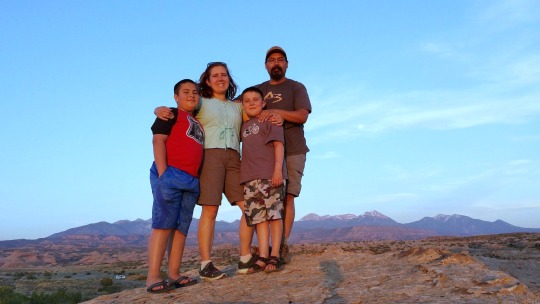
Arthur (above, with his family) lives and works in Kaibab National Forest, and is currently the leading observer in the their 2017 Citizen Science Project on iNaturalist. He has also worked with nearby Williams Middle School and their iNat project to help connect the students there with the outdoors.
I used to walk around looking at wildlife, mostly mammals and birds, thinking I knew my surroundings better than the average forest user. Once I slowed down to photograph and identify plants and insects as well, I quickly realized how much more there is to the environment I live in and how little I really know. I see so much biodiversity in my walks it would be very tough to describe to others but I hope my photos can help bring my observations to others...Having the ability to interact and observe the natural world on a daily basis is not a fact that I take for granted. It’s tough for me to describe the excitement I have in observing, photographing, sharing, and discussing all that nature provides in this short narrative but through iNaturalist, I can certainly try to share my excitement with others. What a way to connect and share my observations on the Kaibab NF with people across the globe.
- by Tony Iwane
- Check out an Earth Unplugged video about why beetles are awesome.
- Several types of longhorn beetles are pests, as their larvae bore in wood. Here’s a Smithsonian article about invasive Asian longhorned beetles in North America.
- Here’s all the faved longhorn beetle observations on iNaturalist!



